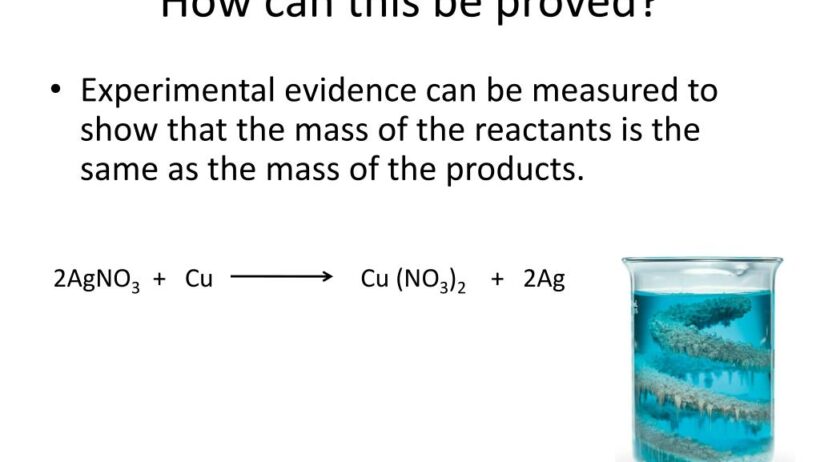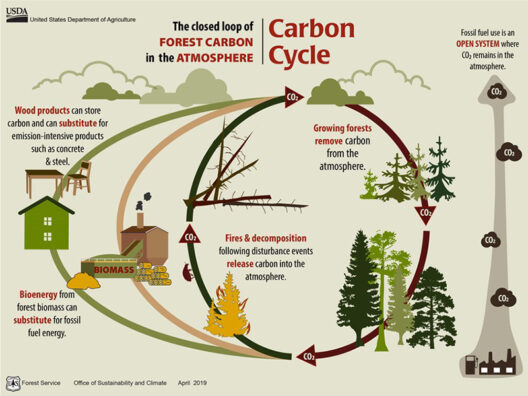The principles of conservation of atoms and energy form the backbone of our understanding of chemical reactions. Observably, when substances undergo a chemical transformation, it seems as though materials disappear or materialize from nowhere. Yet, in actuality, this phenomenon can be comprehensively explained through two fundamental laws: the Law of Conservation of Mass and the Law of Conservation of Energy. These laws detail that molecules are neither lost nor created during a chemical reaction; they merely rearrange themselves to form different substances, a concept which is pivotal in chemistry.
At first glance, the mere act of blending or heating substances may appear as an innocuous event, but it harbors a rich tapestry of molecular interactions. When a candle burns, for instance, it seems that the wax vanishes, yet in reality, it converts into carbon dioxide and water vapor. As chemical bonds break and new ones establish, the same atoms persist— they simply rearrange into different configurations. This notion that compounds maintain their atomic integrity is not just fundamental to chemistry; it is also a reminder of the universe’s stability.
The composition of matter underscores this concept. Every chemical reaction retains the same atoms in different arrangements, a principle that is clearly articulated in stoichiometry. This field of study allows chemists to predict the amounts of reactants and products involved in reactions. A precise count of atoms guarantees that they carry over unchanged from products back to reactants. For instance, in the combustion of methane, the reaction can be illustrated as:
CH4 + 2O2 → CO2 + 2H2O
With one molecule of methane reacting with two molecules of oxygen to yield one molecule of carbon dioxide and two molecules of water, it becomes evident that the total number of each type of atom is conserved. Herein lies the wonder of conservation: the atoms remain constant, even while they participate in intricate transformations.
The conservation of energy further elucidates the complexity of chemical reactions. Energy, like atoms, cannot simply vanish. It can change forms—kinetic energy may transform into thermal energy, for example. When chemical bonds form, energy is released; conversely, energy is absorbed when bonds break. This interplay is governed by the First Law of Thermodynamics, which states that energy cannot be created or destroyed in an isolated system. Instead, it merely transitions between states, weaving a continuous cycle that fuels our environment.
Consider an exothermic reaction, where energy is released into the surroundings. The combustion of wood exemplifies this process: as the wood burns, the stored potential energy is liberated as heat and light. The activation energy needed to instigate the reaction comes from the environment, enabling the transformation of the wood’s structure into ash, gases, and heat. The energy dissipated during the combustion acts as a testament to energy conservation, as it provides warmth to the surroundings without annihilating the total energy present.
On the contrary, endothermic reactions absorb heat from their environment. Photosynthesis presents an archetypal example of this phenomenon. Plants utilize solar energy to convert carbon dioxide and water into glucose and oxygen, thereby storing energy within molecular bonds. The transformation embodies conservation principles, showcasing the harmony between atoms and energy within the ecological spectrum. The entire cycle of creation, destruction, and reformation of matter not only underpins chemical reactions but also engenders vast implications for the environment and sustainability.
An important facet of chemical reactions is the role of catalysts. Catalysts are substances that accelerate reactions without undergoing permanent changes themselves. They provide an alternative pathway with a lower activation energy, thus conserving energy during the reaction. For example, enzymes act as biological catalysts, facilitating essential reactions necessary for life and enhancing energy efficiency within metabolic pathways. Such interactions highlight the crucial relationship between conservation principles and biological processes, emphasizing natural efficiency in the usage of resources.
Understanding these conservation laws provokes deeper contemplation regarding their ramifications on ecological sustainability and climate change. In an era where environmental concerns loom large, recognizing the principles governing chemical reactions can illuminate pathways for renewable energy and resource management. The practice of recycling materials, for instance, embodies the conservation of mass; it allows us to minimize waste and optimize the use of finite resources. By reusing and repurposing existing materials, we can foster a more sustainable cycle in line with the conservation laws that govern our universe.
Ultimately, the intricate dance of atoms and energy during chemical reactions encapsulates not just fundamental scientific principles but also broader environmental narratives. These laws serve not merely as guidelines for laboratory practices, but as essential pillars for a sustainable future. Whether we are engaging in everyday chemical reactions or addressing pressing global concerns, the conservation of atoms and energy speaks to the inherent balance within nature. As we unravel these marvels of chemistry, it becomes increasingly clear that our understanding could usher in innovative solutions, further bridging our existing knowledge with the urgency of our climatic challenges.








